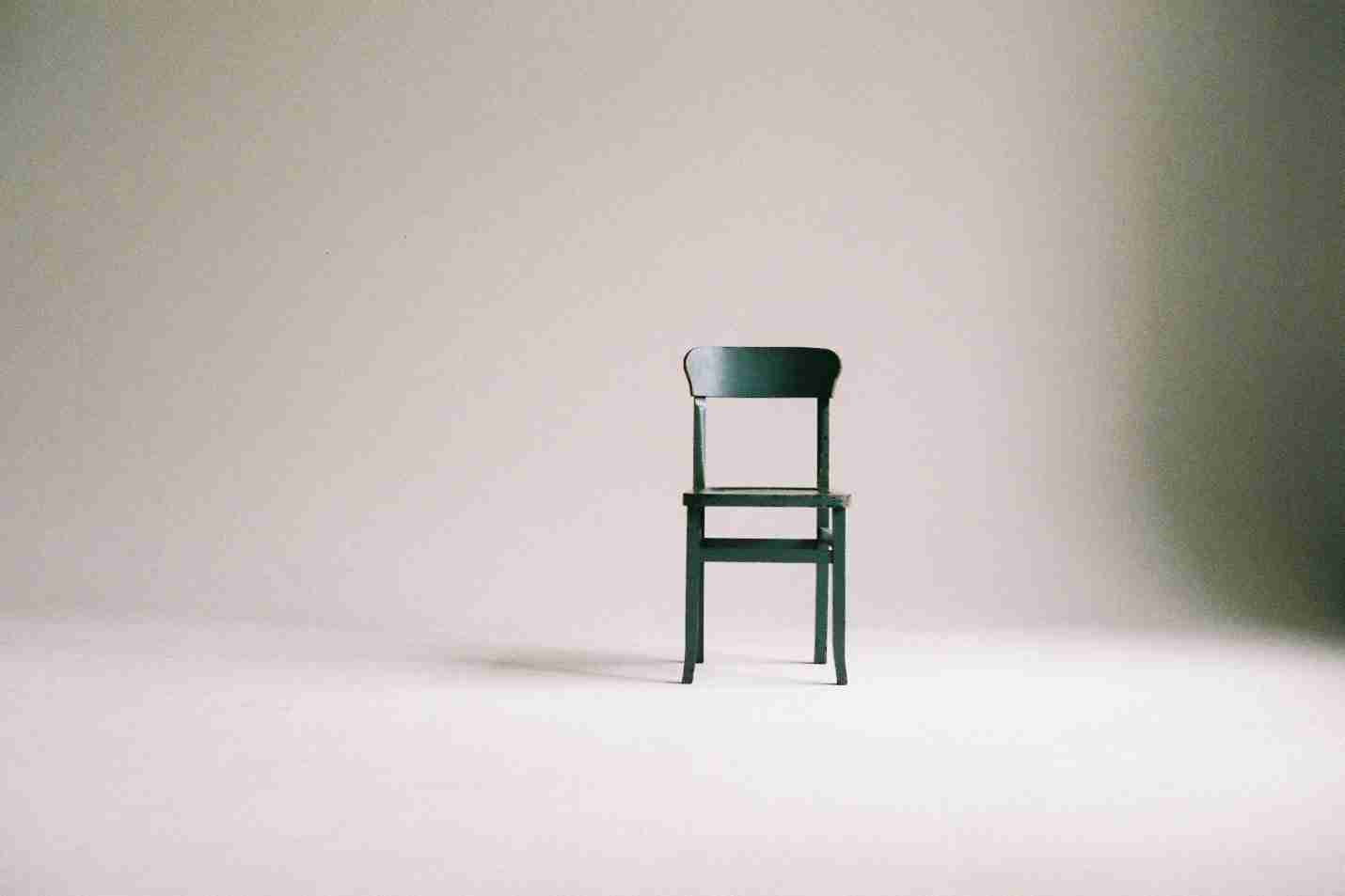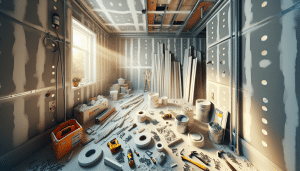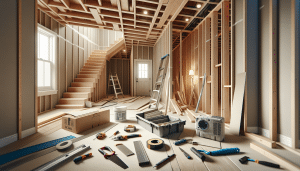Walls are much more than just wide beams supporting a concrete structure. A home doesn’t just stand on its walls but also acquires part of its aesthetic appeal from them. Therefore, having pristine-looking walls is essential to have a tasteful estate.
Contractors elevate a wall’s appearance by cladding it with a finishing material, such as stained glass or plaster. This process is sometimes referred to as pargeting and is a standard sprucing method used in the construction industry. Generally, property owners choose wood paneling or tiling to finish their walls. But those can be pretty expensive and require rigorous upkeep. However, there are cheaper alternatives that can be deftly installed and not call for an extensive maintenance routine. Among all the relatively inexpensive options, the most popular two are plaster and drywall that are also often pitted against each other to establish a winner.
Now, while the two alternatives have been in a duel for years, a definitive conclusion is yet to be drawn as both have their own set of pros and cons. Considering that, we decided to share the positives and negatives of both options so that you can make an informed choice.
Drywall
Pros
- Drywall is manufactured faster than most finishing materials, which automatically reduces the installation cost due to the abundant supply.
- With the right lifting machines, drywall is installed much faster, speeding up the construction process significantly.
- The most significant advantage of using drywall is protection from fire. Drywall is fire resistant due to the gypsum in it, which prevents fire from spreading.
- Drywall is super easy to use and cut into varying sized panels. Therefore, it can be used to conceal the entire expanse of a wall or just spackle up a portion.
- Drywall ceilings and walls are ideal for recess lights and other hanging fixtures.
Cons
- Drywall is not water-resistant
- It can be easily damaged on impact.
- Although drywall is easy to install, the job must be done correctly by expert techs; otherwise, the material might start tapering off sooner than later.
Plaster
Pros
- Plaster walls are incredibly sturdy, thanks to the tensile strength of the material. Compared to drywall, punching or damaging a plastered wall is next to impossible.
- Plaster is energy efficient; having plaster over walls saves a significant amount of energy in utilities and provides better thermal breaks.
- Since plaster is much thicker than drywall, it naturally blocks sound more effectively than its gypsum counterpart.
Cons
- Although plaster is durable and much more robust than most pargeting materials, it develops cracks over time, rendering a wall unsightly.
- Plastered walls are not suitable for recess lights or dangling fixtures. Since plaster is thicker and more rigid, drilling holes into a plastered wall is naturally an uphill task. On top of that, fixing a drilled portion on a plastered wall is harder than drywall.
The Final Verdict
Both the choices have pretty compelling advantages, but at the same time, the disadvantages cannot be ignored either. You need to know which of the sets of challenges accompanying the options you are willing to take to make the right choice. But remember to hire a professional agency to get your walls done, regardless of the decision you make.




